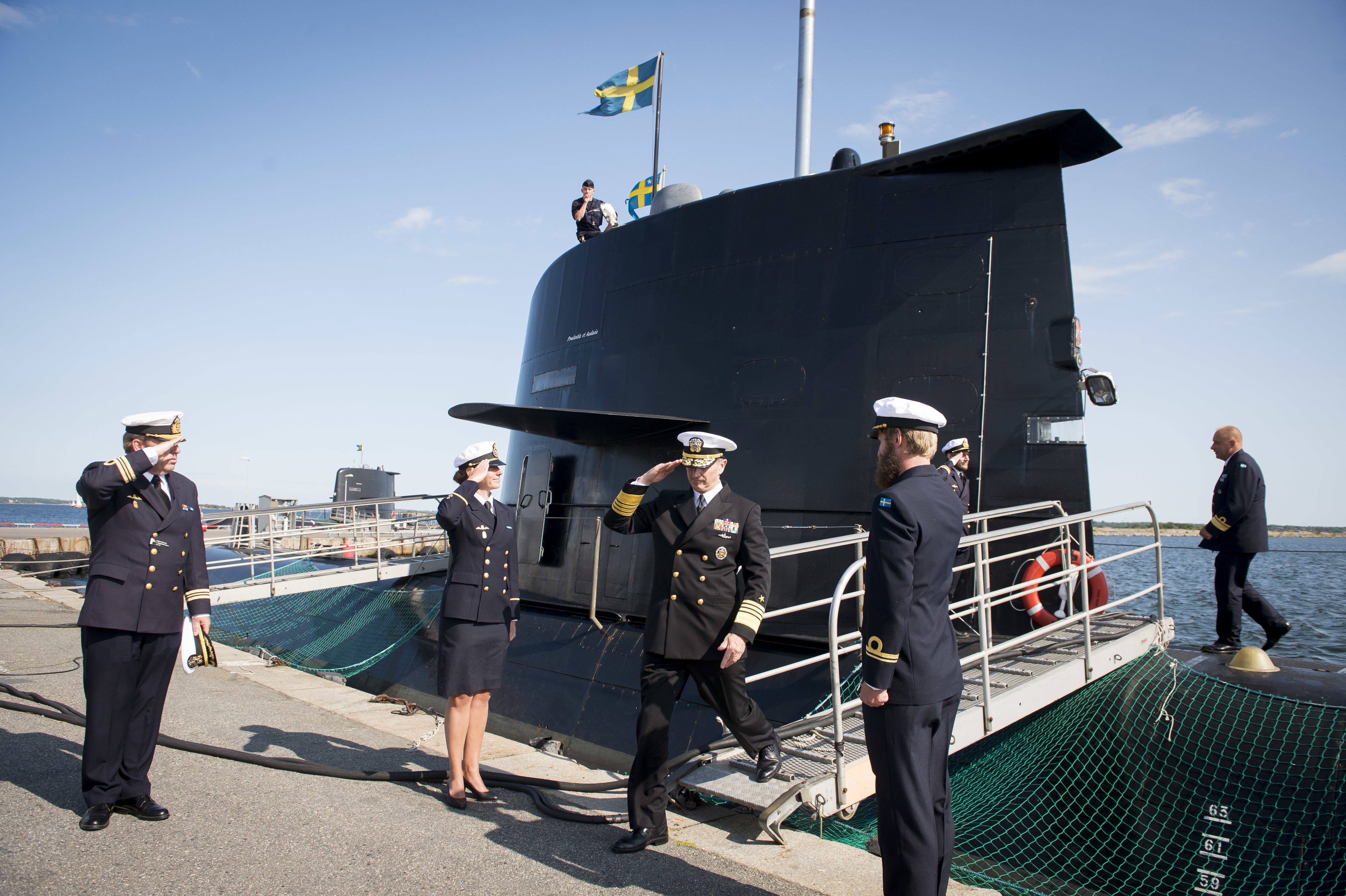
Defense Secretary Ash Carter signed a Statement of Intent with Swedish Defence Minister Peter Hultqvist that aims to increase military capability and interoperability between the two nations.
The document “sets out our strategic resolve to increase the understanding and cooperation between our respective Defense Ministries, Armed Forces, and defense agencies; to build on current cooperative activities; to identify and prioritize new initiatives; to work together to develop our defense capabilities; to enhance our interoperability and ability to deploy alongside each other operationally and thereby improve the efficiency and effectiveness of our defense efforts.”
Noting that “regional powers are testing their strength against neighbors” and that terrorism and extremist violence remains a threat, the documents states that the U.S. and Sweden will conduct more training and exercises together, deepen their armament cooperation, conduct research and development together and participate in multinational operations.
Specifically, they will conduct training and exercises with an eye to the “distinct political signal” that combined operations will send. Armament cooperation and research and development of future technologies will focus on undersea warfare and air defense, the document notes.
This military agreement was preceded by a late April visit to Sweden by Deputy Defense Secretary Robert Work that included bilateral talks as well as meetings with Nordic and Baltic state secretaries to discuss regional security and defense cooperation. Afterwards, Swedish State Secretary Jan Salestrand made clear that “there is broad political consensus that closer cooperation in the region and with the United States is essential to enhance Swedish capability,” according to a Swedish government news release.
Sweden, not a member of NATO but considered a NATO partner, has the longest coastline along the Baltic Sea – a body of water seeing increased Russian military activity. Russia is fielding newer and more sophisticated submarines and cruise missiles, the outgoing Commander of Naval Forces Europe said in October.
The Baltic Sea was the site of an aggressive move against the U.S. Navy in April, when Russian fighter jets buzzed USS Donald Cook (DDG-75). In 2014 a U.S. Air Force reconnaissance plane had to deviate from its planned path and fly into Swedish airspace to avoid an aggressively maneuvering Russian fighter jet, and Russian warships have harassed a Swedish-Finnish research vessel and ships laying cables between Sweden and Lithuania, USNI News previously reported. And most mysteriously, the Swedish navy spent six days in 2014 searching its territorial waters for what was believed to be a Russian mini-sub, possibly in distress.
With increased Russian aggression, and particularly with increased Russian submarine activity in and around Europe, closer cooperation between Sweden and the U.S. makes sense. Sweden has a small fleet – down from 34 surface combatants and 12 attack submarines in the Cold War to just nine ships and five subs today – but it is considered to have one of the best conventional submarine fleets in the world. The U.S. is looking to increase its presence in Europe, with talks of putting more surface and amphibious ships in the region and buying more attack submarines to support growing needs in Europe. The partnership would help increase capacity and capability in the area while also giving U.S. forces access to Swedish airspace and waters, Center for Strategic and International Studies (CSIS) visiting fellow Carl Hvenmark Nilsson noted in an article this week on U.S./Sweden collaboration.





